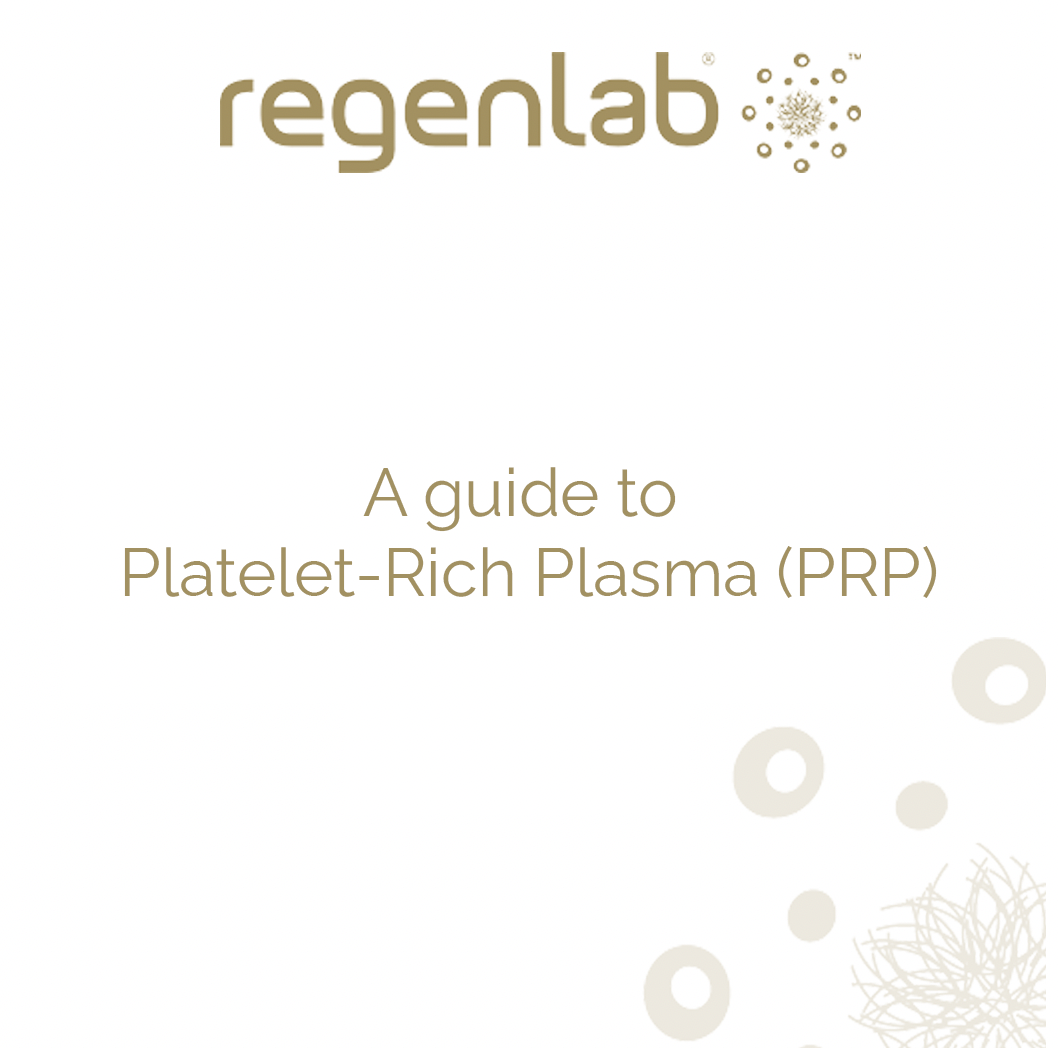Platelet-Rich Plasma (PRP) therapy is an innovative medical treatment that utilises the natural healing properties of a patient’s own blood to accelerate the healing of injured tissues. This technique has gained popularity in various fields of medicine, including orthopaedics, sports medicine, and aesthetic treatments.
What is PRP?
PRP is derived from whole blood, which is the fluid within the body that contains red cells, white cells, platelets, and plasma. The process begins with the collection of the patient’s blood, which is then processed through centrifugation. This centrifugation separates the blood components, concentrating the platelets within the plasma. The resultant platelet-rich plasma is then injected into the area requiring treatment.
How Does PRP Work?
Platelets are essential for healing as they contain growth factors that stimulate tissue regeneration, attract stem cells, and promote new blood vessel formation. When PRP is injected at the site of injury or degeneration, it enhances the natural healing process, reduces inflammation, and ultimately aids in tissue repair.
Applications of PRP
- Orthopaedics: PRP is commonly used in treating tendon injuries, arthritis, and sports-related injuries. It has shown promise in alleviating pain and improving function in conditions like tennis elbow and knee osteoarthritis.
- Aesthetic Medicine: In cosmetic procedures, PRP is employed for skin rejuvenation, reducing wrinkles, and promoting hair growth in individuals with androgenetic alopecia. The “vampire facial” has gained popularity for its ability to enhance skin texture and tone.
- Dental Procedures: PRP is used in oral surgery to promote faster healing after procedures such as tooth extraction or implants.
- Chronic Pain Management: PRP can be injected into affected joints or soft tissues to provide relief from chronic pain conditions.
Safety and Side Effects
PRP therapy is considered safe since it uses the patient’s own blood minimising the risk of allergic reactions or disease transmission. Side effects are generally mild and may include temporary pain at the injection site, swelling, or bruising. Serious complications are rare.
Platelet-Rich Plasma therapy represents a promising approach in regenerative medicine, with applications spanning various medical disciplines. As research continues and techniques evolve, PRP has the potential to significantly enhance healing outcomes for patients with a range of conditions. Individuals interested in PRP therapy should consult with qualified healthcare professionals to discuss its appropriateness for their specific situation.

